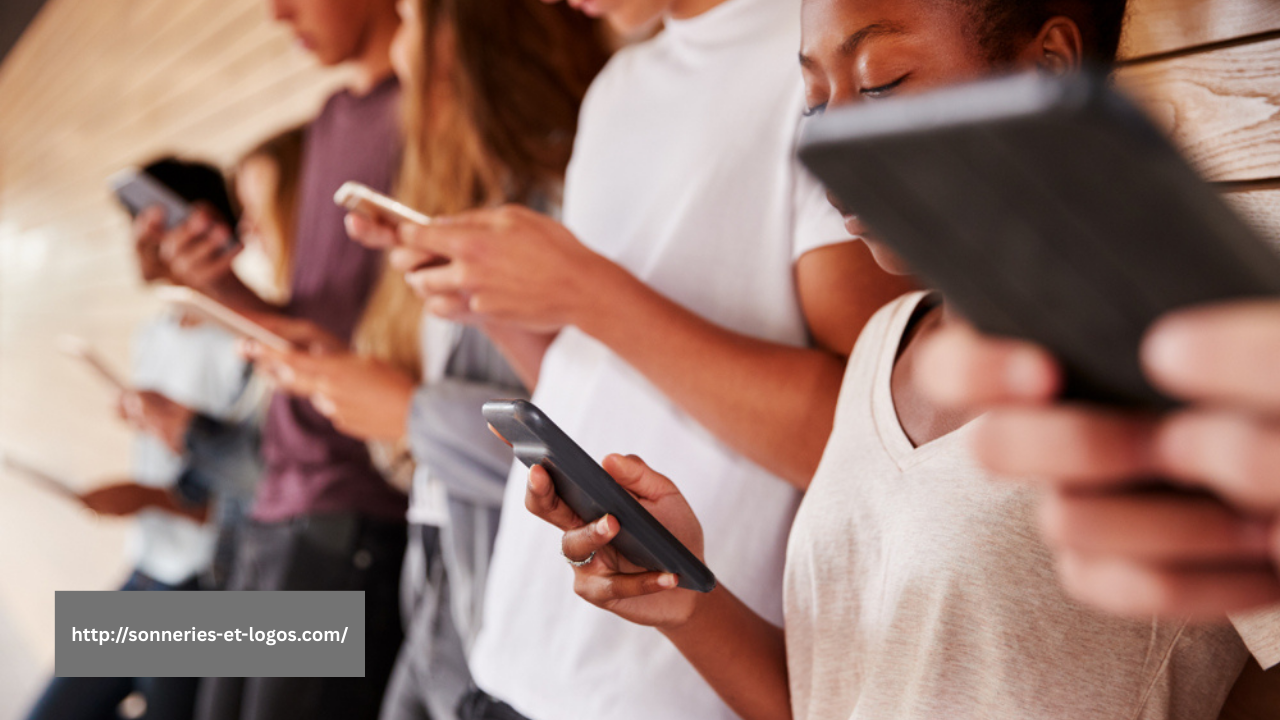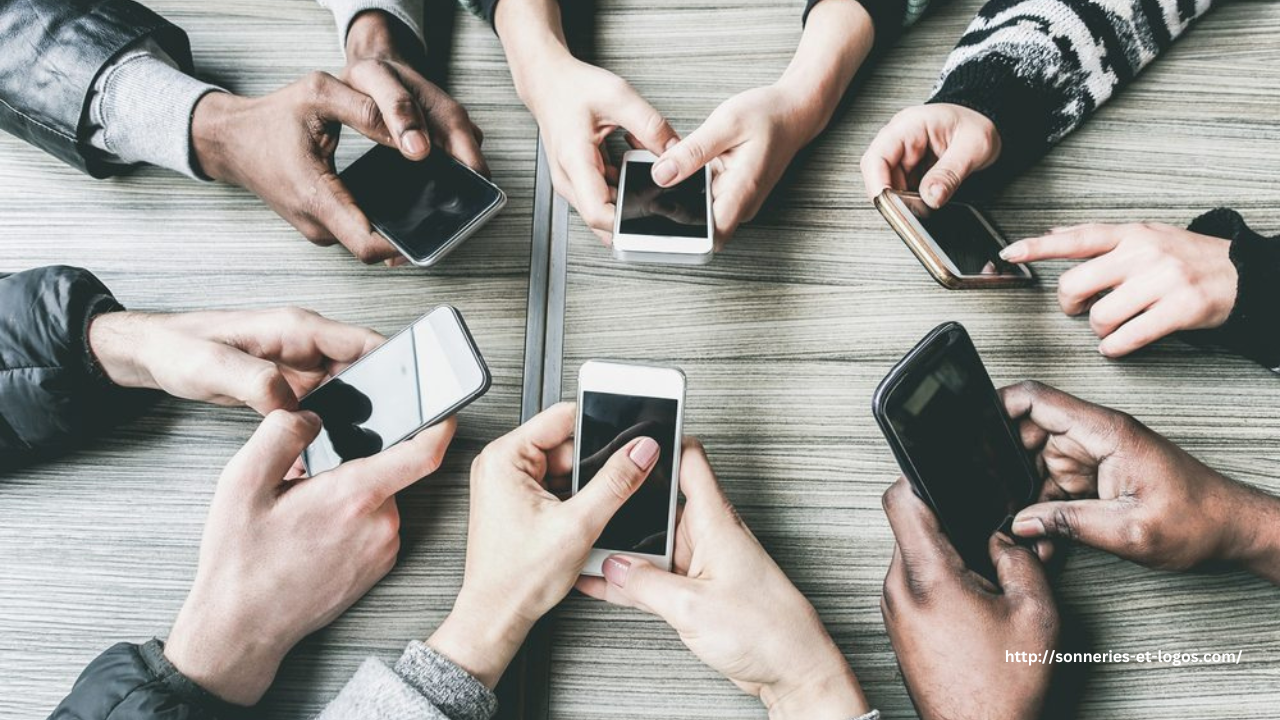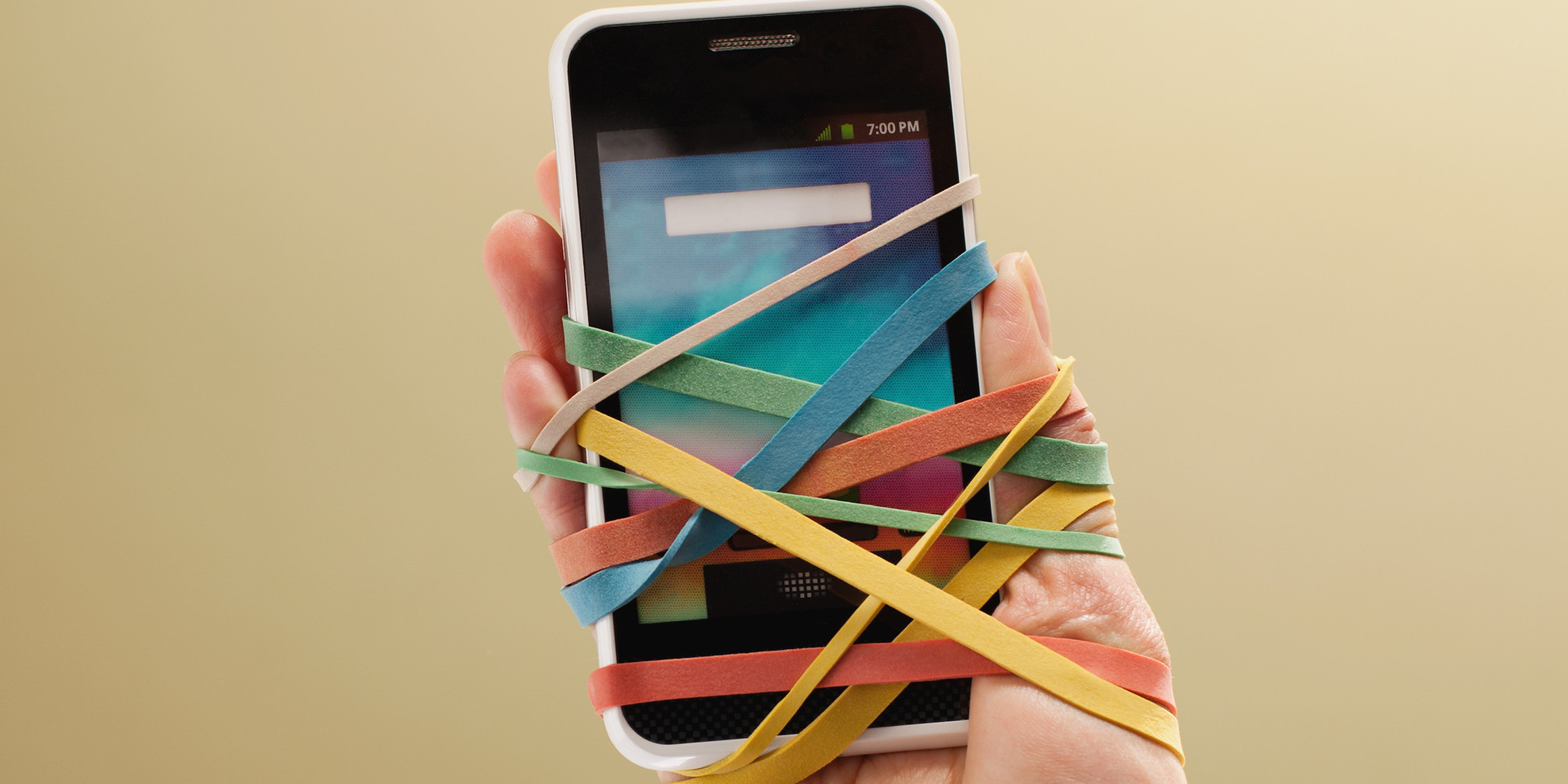In today’s hyperconnected world, smartphones are indispensable. They help us stay informed, entertained, and connected to others. Yet, the convenience they offer has a hidden cost: many people find themselves trapped in a cycle of compulsive phone use, leading to cell phone addiction. This silent, growing problem affects mental health, relationships, and even physical well-being. Breaking free requires a conscious effort—a deliberate choice to disconnect in order to truly reconnect with life.
The Growing Grip of Cell Phone Addiction
Cell phone addiction often goes unnoticed because it is socially accepted—even encouraged. Whether it’s answering emails late into the night, scrolling through social media during meals, or checking notifications first thing in the morning, excessive phone use has become normalized. Over time, these habits build dependence. The brain, wired for instant rewards, craves the dopamine hits triggered by each notification, like, or message, creating a powerful cycle that’s hard to break.
Tech companies design their apps and platforms with one goal: maximize user engagement. Features like infinite scroll, autoplay videos, and algorithmically tailored content are engineered to keep users hooked, often at the expense of their mental health and personal connections.
The Consequences of Constant Connectivity
The effects of cell phone addiction are far-reaching. Mentally, it can lead to anxiety, depression, and a shortened attention span. People often experience “phantom vibration syndrome,” where they imagine their phone vibrating even when it hasn’t. Emotionally, smartphone overuse can result in feelings of isolation, despite being constantly connected online.
Physically, excessive phone use leads to poor posture, eye strain, and sleep disruptions due to blue light exposure. Socially, addiction can cause “phubbing”—ignoring those around you in favor of your device—which damages relationships with family, friends, and romantic partners.
The Power of Disconnecting
The first step toward breaking free from cell phone addiction is acknowledging the problem. Once awareness is established, meaningful change can follow. Disconnecting doesn’t mean abandoning technology altogether; it means creating healthy boundaries that prioritize real-world experiences over virtual ones.
Here are a few strategies to help:
-
Set Screen Time Limits: Use built-in apps to monitor and cap your daily screen time.
-
Create No-Phone Zones: Designate areas like the dining table and bedroom as phone-free spaces.
-
Turn Off Non-Essential Notifications: Reducing constant interruptions can help decrease the urge to check your phone.
-
Schedule Phone-Free Time: Dedicate certain hours of the day to being completely offline—whether it’s during meals, before bed, or while spending time with loved ones.
-
Engage in Offline Activities: Reconnect with hobbies like reading, exercising, painting, or simply spending time outdoors without a phone.
The Rewards of Reconnection
Breaking free from cell phone addiction opens up space for genuine human connection, deeper focus, and improved mental and physical health. Conversations become more meaningful. Sleep improves. Creativity flourishes when the mind isn’t constantly distracted. Life feels richer and more fulfilling when it’s experienced fully, not filtered through a screen.
Conclusion
Cell phones are powerful tools, but they should enhance life—not control it. By making the conscious decision to disconnect from the digital world, even temporarily, we give ourselves the chance to reconnect with what truly matters: our well-being, our passions, and the people around us. It’s time to break free from the grip of constant connectivity—and rediscover the beauty of living in the present moment.









